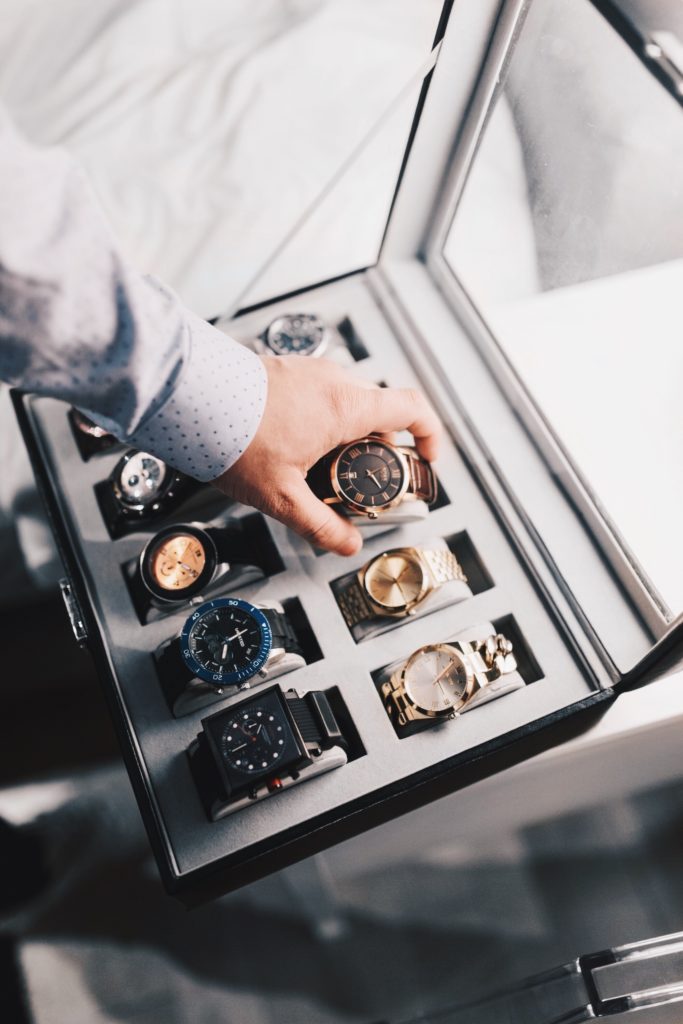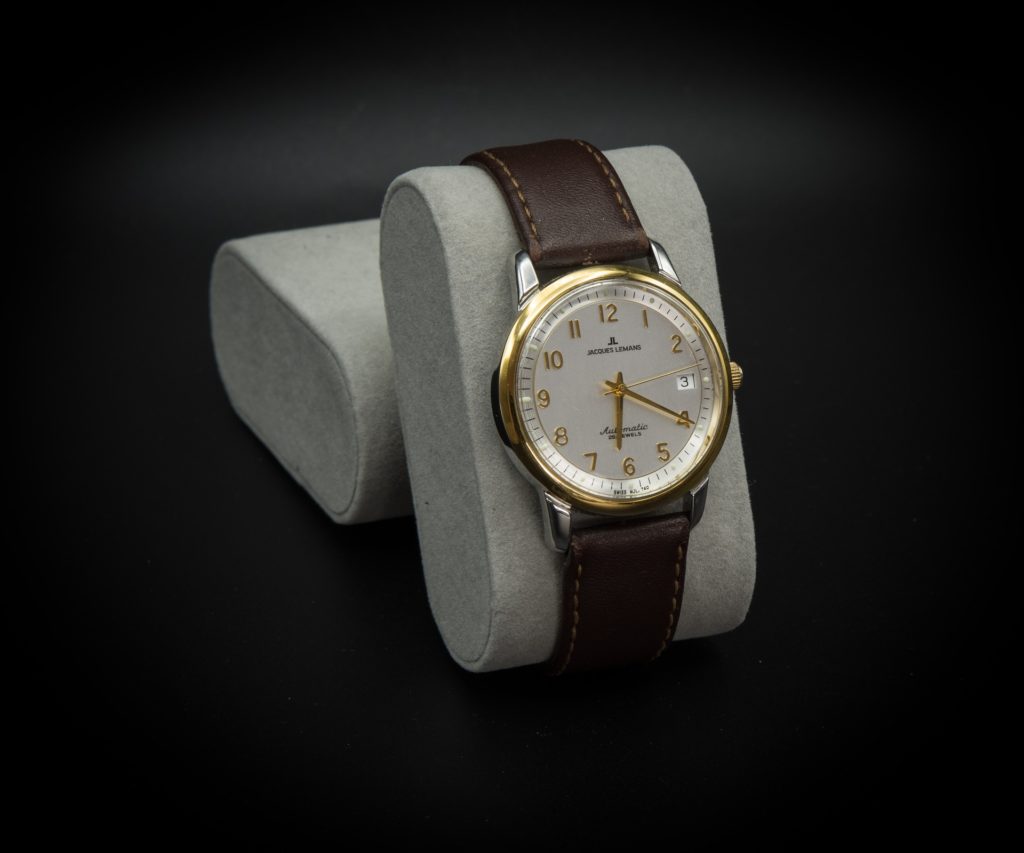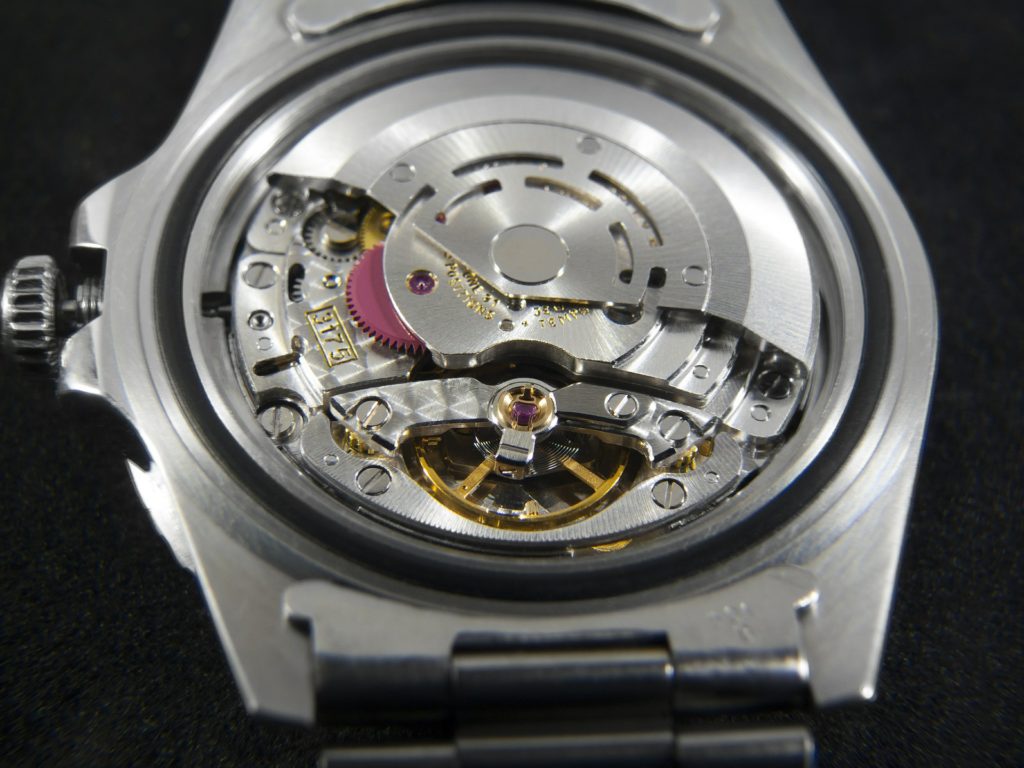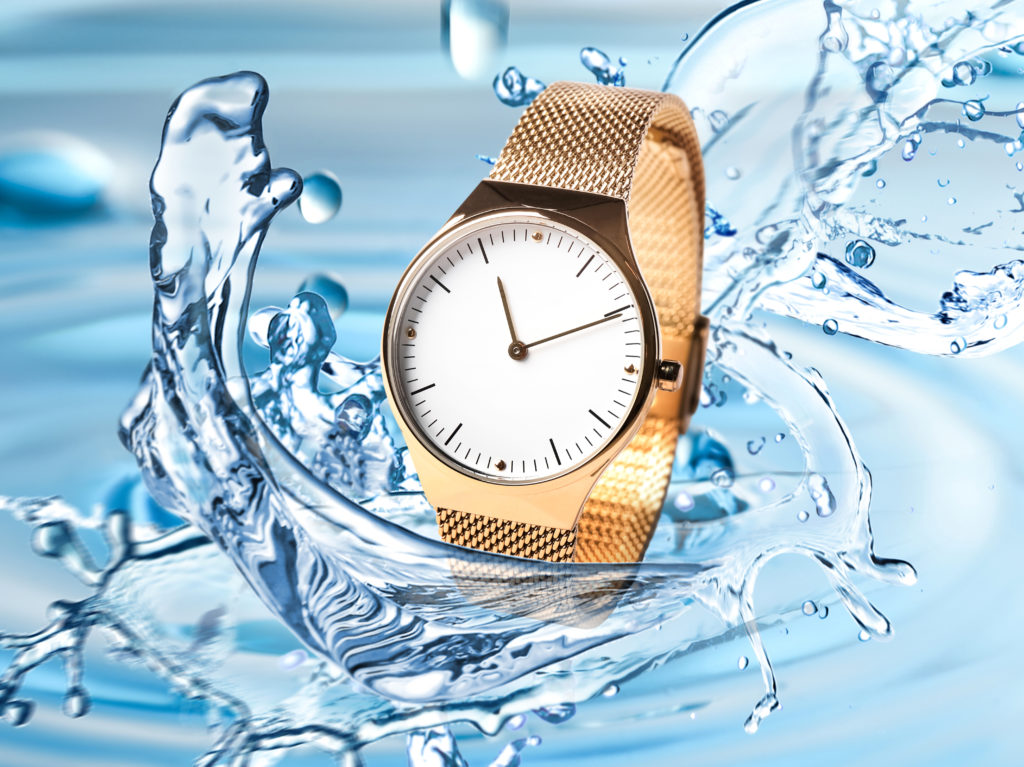Now you can listen to us read the article!
A watch can be quite a personal item that carries a lot of meaning for the wearer. It may be a favorite piece from a large collection, a present from a loved one, a precious heirloom handed down from generation to generation, or simply a stylish statement piece that looks great and makes you feel confident. That’s why it can be very worrying when something happens to make your watch fog up.
Here are 6 reasons why your watch fogs up:
- Worn out gasket or o-ring.
- Sudden temperature transitions.
- Improper closure of watch crown.
- Taking your watch into a sauna or hot shower.
- A crack in the watch crystal.
- Prolonged immersion in water.
Let’s examine each of these reasons in more detail to find out how they can cause your watch to fog up and the easy fixes you can do when this happens.
1. Worn Out Gasket or O-Ring
Gaskets are one of the most essential components of a watch. Most watches typically have gaskets in the bezel, crystal, back, and crown that help to protect those parts from water, dust, oils, collisions, and other hazards. Watch gaskets are often made from fluorocarbon or silicon rubber, neoprene, plastic, or nylon and provide a tight seal against the elements.
Over time, however, gaskets can lose their sealing ability simply due to age, making them more susceptible to letting in moisture, water, and other substances into your watch.
2. Sudden Temperature Transitions
Your watch can fog up if you expose it to a sudden major temperature difference. For example, if you switch from a particularly sweltering outdoor area to a room that has powerful air conditioning, your watch is most likely going to fog up.
Watches tend to fog up frequently during the winter months because of the large variations in temperature to which they are subjected to.
If this is the cause, the fog will clear up completely after several minutes to a few hours, depending on the brand, and your watch will be fine. To prevent this from happening, try to make the transition in temperature slowly.
Consider leaving your watch at home on very cold days to avoid exposing it to extreme temperature differences. Although a little bit of condensation inside of your watch may not initially be something to worry about, repeated occurrences may gradually weaken the integrity of the seals and damage the inner working parts of your watch.
3. Improper Closure of Watch Crown
The crown on a watch is the little knob or button on the side of the watch that enables you to set the time by winding it. It works by pulling the crown out of its socket, turning it either clockwise or anticlockwise to set the time, and then pushing it back in to close it. Once closed, the crown gasket helps to protect your watch from the elements.
However, if you forget to close the crown after winding your watch or it accidentally gets caught onto something that pulls it out, moisture or water will enter through the opening and cause your watch to fog up.
4. Taking Your Watch Into a Sauna or Hot Shower
While spending some time in a sauna, hot tub, or hot shower is good for you, it can be pretty harmful to your watch in several ways. The high heat in these environments causes the watch’s metal case to expand, allowing steam to enter and fog up the crystal.
Additionally, hot showers present a further risk because they expose your watch to chemicals such as soaps, shampoos, and conditioners that can interfere with the integrity of your watch’s gaskets and cause the seal to fail, which then enables moisture to find its way in.
5. A Crack in the Watch Crystal
The transparent glass that covers a watch face is usually made from either acrylic or Plexiglas crystal, mineral crystal, or sapphire crystal. Therefore, this part of the watch is also known as the watch crystal.
Plexiglas and acrylic crystals are the most affordable, and although they don’t break easily, they’re the most scratch-prone. The majority of watches use mineral glass because it looks better than Plexiglas and is less scratch-prone; however, it’s more susceptible to developing cracks.
Sapphire crystal is on the higher end of the price scale and is primarily used for luxury watches because it’s harder, clearer, and much more scratch-resistant than other crystals. On the mineral hardness scale, sapphire ranks number 9 – one step below diamond at number 10.
Given that most watches are made from mineral glass, it means that they’re quite vulnerable to micro-cracks, allowing water, moisture, and other elements to find their way inside and fog up your watch.
6. Prolonged Immersion in Water
The confusion behind the real meaning of water-resistant/waterproof/diving proof has damaged many watches. Watchmakers officially stopped using the term “waterproof” in the 1960s to describe their watches, replacing it with “water-resistant,” because government oversight bodies deemed the term to be misrepresentative of the actual capabilities of watches.
Additionally, when watches are described as water-resistant to certain meters underwater, it doesn’t mean that you can swim or dive with your watch down to that level. The reason is that plunging our wrists in the water and pushing through the water when swimming can exert significantly more pressure on the watch than the pressure level for which it was rated.
Therefore, you should probably not swim with a watch that’s water-resistant to 30-meters (98.43-ft) as it may quickly fog up to moisture seeping in. Most experts agree that you can swim in shallow waters, but not dive, with a 50-meter (164.04-ft) water-resistant watch.
However, the water-resistance level of watches diminishes over time due to the wearing down of their gaskets’ seal integrity. Additionally, pressing the buttons on your digital watch or, in the case of analog watches, turning the bezel or adjusting the crown while in the water can also break the water-resistant seal.
Easy Fixes
Here are ways on how you can fix your watch that fogs up:
- Place the watch under the sun or a lamp. Fog caused by sudden temperature transitions will often clear up on its own after a short while. If you want to speed up the process, you can place your watch under the sun or a lamp. Make sure that the heat is not too strong to prevent causing further damage to your watch.
- Remove the crown. If prolonged immersion in water or improper closure of the crown are the culprits for the fog forming inside your watch, you can remove the crown and either place the watch under the sun to dry or submerge it in a desiccant to absorb the moisture. Suitable desiccants include uncooked rice or silica gel.
- Take your watch to a repair shop. If your watch fogs up and doesn’t clear up after several hours, it may be a gasket issue or a micro-crack in the crystal, and you should take it to a repair shop for further examination.
Sources
- Esslinger.com: Watch Gaskets
- Digital Watch Central: How to Remove Moisture from Inside your Watch
- WatchXL: There is moisture in my watch, what do to?
- Garmin: Troubleshooting Condensation Under the Screen of a Water Resistant Outdoor Watch
- National Library of Medicine: The effectiveness of commercial desiccants and uncooked rice in removing moisture from hearing aids
- SwissPL Watch Company: Watch vs Steam
- Prisma Watches: Different kinds of watch materials and glass characteristics
- Forbes: iPhone 6 Sapphire Display: Everything You Need To Know
- Chronocentric: Water Resistance
- The Loupe: What to do When you Get Water in your Watch







